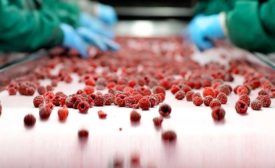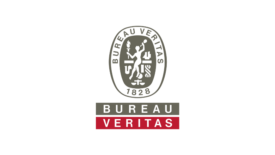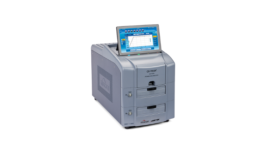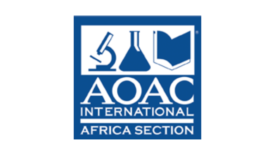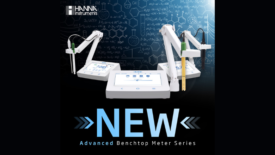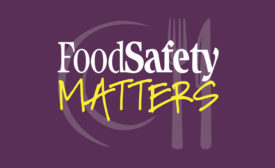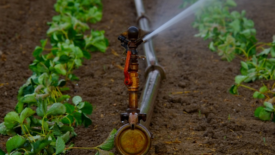Home » Keywords: » testing
Items Tagged with 'testing'
ARTICLES
Food system stakeholders face inherent challenges in managing non-cultivable foodborne pathogens
Read More
BIZTRACKS
African Authorities Focus on Developing Fit-for-Purpose Food Safety Analytical Methods
March 30, 2023
Never miss the latest news and trends driving the food safety industry
eNewsletter | Website | eMagazine
JOIN TODAY!Copyright ©2025. All Rights Reserved BNP Media.
Design, CMS, Hosting & Web Development :: ePublishing
